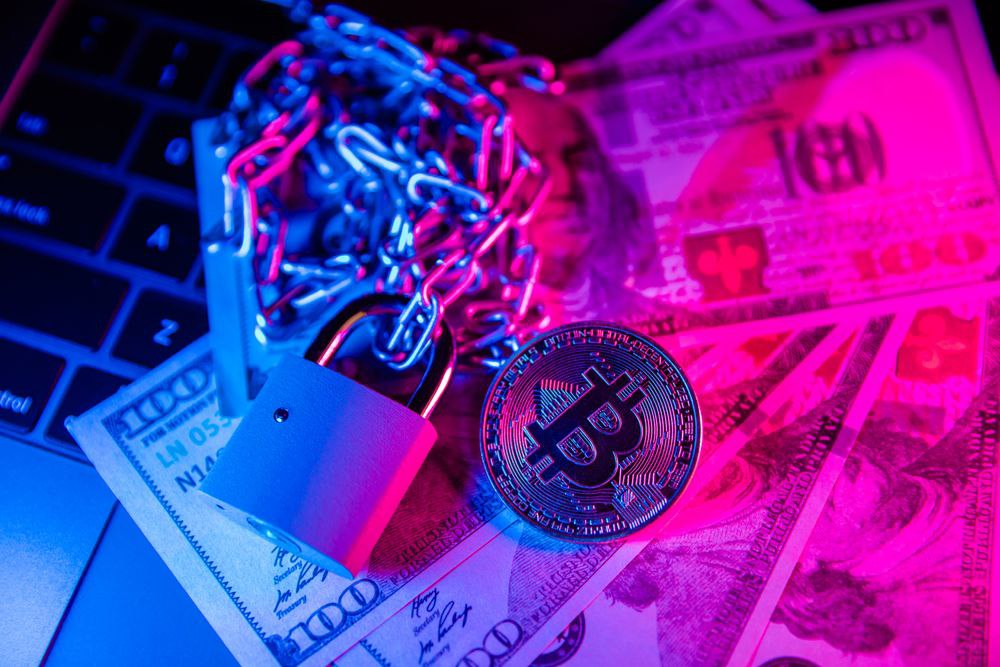As the Russia-Ukraine conflict rages on with no end, the humanitarian disaster has reached a high level, with refugees at the receiving end. Hence, humanitarian help groups have waded in to help address banking problems in the war-ravaged country.
Providing Refugees With Cash Through Stellar
Amid the war, two new projects have been implemented in Ukraine to ease the lives of war victims in the region. The first is to give out aid in the form of money to refugees through the Stellar network, while the other aid is to provide cash and vouchers to victims using the Patrisia platform.
However, previous blockchain projects in the region have had mixed results. Some of the initiatives have been useful to recipients as it allows them to bypass restrictions to access the aids they need.
On the other hand, blockchain adoption for others has become a disaster. To address the inadequacy of blockchain finance, the Stellar Development Foundation partnered with the United Nations High Commissioner for Refugees (UNHCR) on December 15.
Furthermore, beneficiaries can redeem the USDC coins at any MoneyGram point. According to the developers of the cash program, refugees will receive aid from humanitarian agencies even if they have no bank accounts or cannot access the ones they own.
Speaking further about the new initiative, Tori Samples, the aid assistant product manager at Stellar, revealed that the collaboration with MoneyGram for cash outs using the Circle USDC digital coin would help people in conflict zones access financial aid easily and quickly.
Similarly, in early December, the Patrisia Blockchain Foundation organized a hackathon in collaboration with the International Committee of the Red Cross. The event aims to explore ways that the network can be utilized by the Red Cross’ aid program to ensure efficient fund transfers.
A Mixed History Of Blockchain-Based Humanitarian Activities
Despite the worthy move to utilize blockchain in humanitarian activities, the drive has a not-so-pleasant history. Assessing past attempts to leverage blockchain to help people in need, researchers at the Digital Humanitarian Network (DHN) found that blockchain has helped some organizations deliver aid to distressed people in conflict-ravaged areas.
However, in some cases, the technology has to be discarded because it is observed to add little value for further use. Furthermore, the DHN cited the example of a blockchain initiative developed by the World Food Program as one of the successful ones.
The World Food Program’s drive involved a permission-based blockchain protocol that allowed different aid groups to partner with one another and shared information about the needs of people in distress.
Another blockchain humanitarian entity worthy of mention is Direct Cash Aid. The program was started by a group of 121 different humanitarian service providers. Unfortunately, direct Cash Aid has no choice but to abandon blockchain technology after realizing it has yet to achieve its aim.
With the self-sovereign identity (SSI) experiment, the team discovered that most recipients have no smartphone access, and others cannot access the internet at their present location. Additionally, other aid organizations are unwilling to cooperate toward the program’s success.
